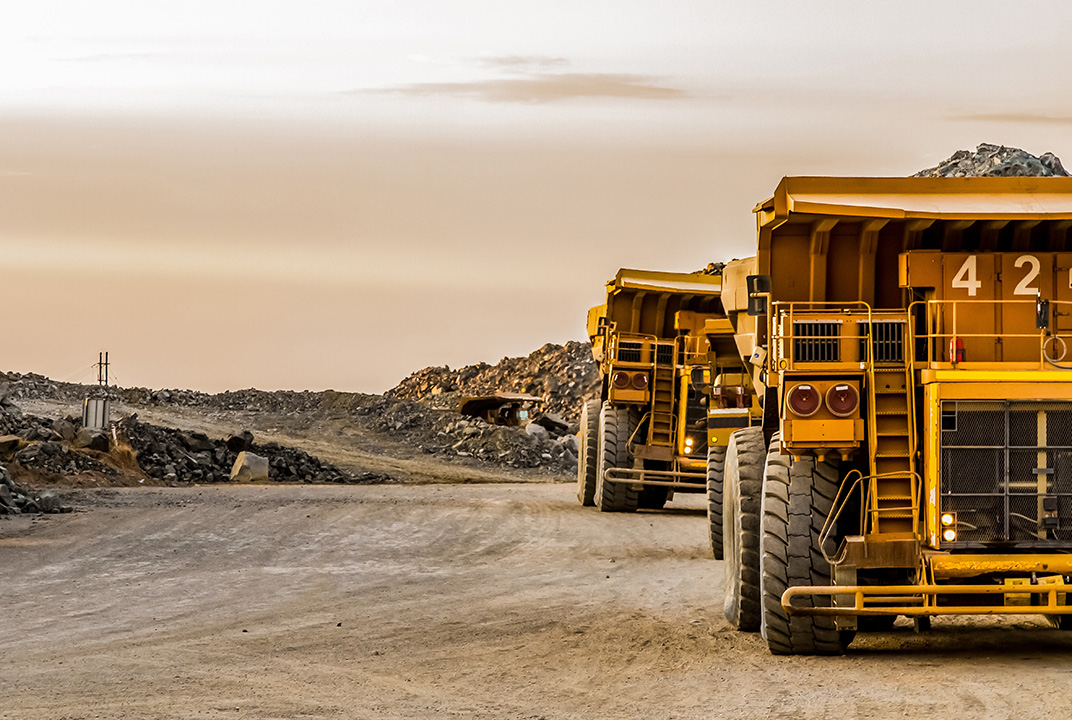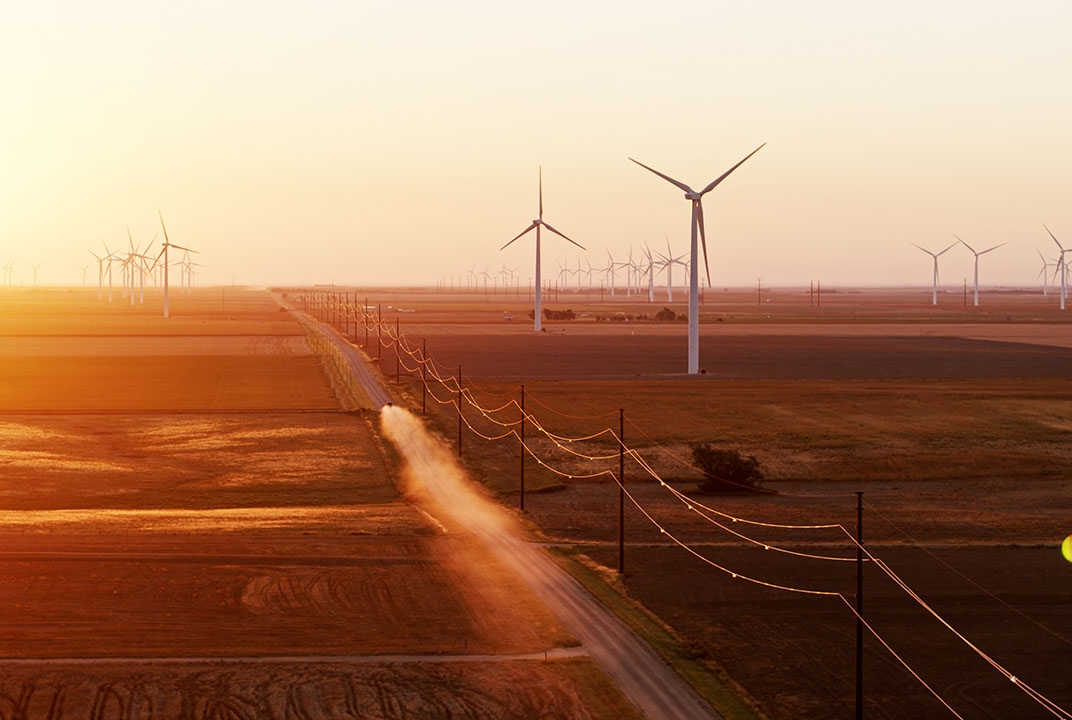Insight | Industrial IoT in the Time of Covid-19: Mining
Industrial IoT in the Time of Covid-19: Mining
null
IoT is helping mining companies increase productivity and cost-savings, make more informed decisions, and improve environmental sustainability.
The need to extract raw materials in more cost-effective, efficient, and sustainable ways is driving the adoption of the Internet of Things (IoT) and other Industry 4.0 technologies across the global mining sector. The far-reaching impact of Covid-19 has compounded the challenges mining companies face: pricing volatility, supply chain issues, a shifting regulatory landscape, and societally driven changes in investor behaviour.
Nearly half (47 per cent) of all mining respondents in our research noted that the many challenges related to Covid-19 have demonstrated the importance of IoT and automation to ensure the continuing success of their business. Companies who are adopting IoT and associated technologies most quickly, are gaining an advantage through their ability to keep operations going autonomously and with greater insight.
Read the Industrial IoT in the Time of Covid-19: Mining report
Adoption
IoT adoption is reaching a high level of maturity in the mining sector. The majority of mining organisations (83 per cent) have now fully deployed at least one IoT project, and the entire sector has undergone a rapid acceleration in IoT uptake over the past year.
40 per cent of mining respondents have accelerated their adoption of IoT in response to the challenges of Covid-19
Connectivity
Satellite is by far the most widely used type of long-range connectivity in mining IoT projects, with 97 per cent of respondents stating that satellite connectivity provides crucial support for their IoT communications networks.
Data
There are several hurdles to effective IoT data management as identified by mining organisations. Security and privacy concerns are the most prominent and are cited by 49 per cent of respondents. This is followed by a lag between data collection and availability at 48 per cent.
Only 28 per cent of mining organisations consider public terrestrial networks to be suitable for their IoT connectivity needs
Skills
One of the biggest hurdles to effective IoT adoption is a lack of the right skillsets. Mining companies highlight a lack of connectivity technology skills with 51 per cent needing to upskill or hire new talent in this area.
Security
Security breaches are a huge concern for mining companies. With businesses increasingly connecting their operational infrastructure with IoT projects, it is no surprise that over half (54 per cent) of all respondents cite the risk of external cyber-attacks as the biggest IoT security challenge.
Investment
IoT investments are being prioritised in mining IT budgets. The planned spend on IoT by mining companies exceeds their planned spend on other Industry 4.0 technologies such as cloud computing, big data analytics, next generation security, or machine learning over the next three years. Average estimated costs saved by IoT is expected to rise from 15 per cent over the next 12 months to 33 per cent in five years’ time.
Explore your sector
Our research looks at the effect that Covid-19 has had on IoT adoption and sheds light on the next steps that organisations in the agriculture, electrical utilities, mining, oil and gas, and transport and logistics sectors must take on their IoT journeys. Explore how organisations in your sector are harnessing IoT to meet today’s most pressing business challenges – and create new opportunities as well.
About the research
The Inmarsat Research Programme is now in its fifth year, with this 2021 report providing an update on how the industrial Internet of Things (IoT) is being adopted by organisations across the agriculture, electrical utilities, mining, oil and gas and transport and logistics sectors.
Specifically, this report looks at the impact of Covid-19 on IoT adoption, as well as challenges related to connectivity, skills, security, data and investment.
To understand this Inmarsat commissioned Vanson Bourne, a specialist technology market research company, to interview 450 respondents in early 2021, a year after the start of the pandemic.
Respondents work for organisations with at least 250 employees and are drawn from various global regions including the Americas, EMEA and Asia-Pacific. All of those surveyed are responsible for delivering IoT initiatives at their respective organisations.


